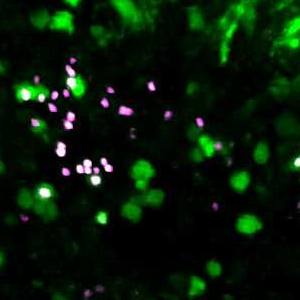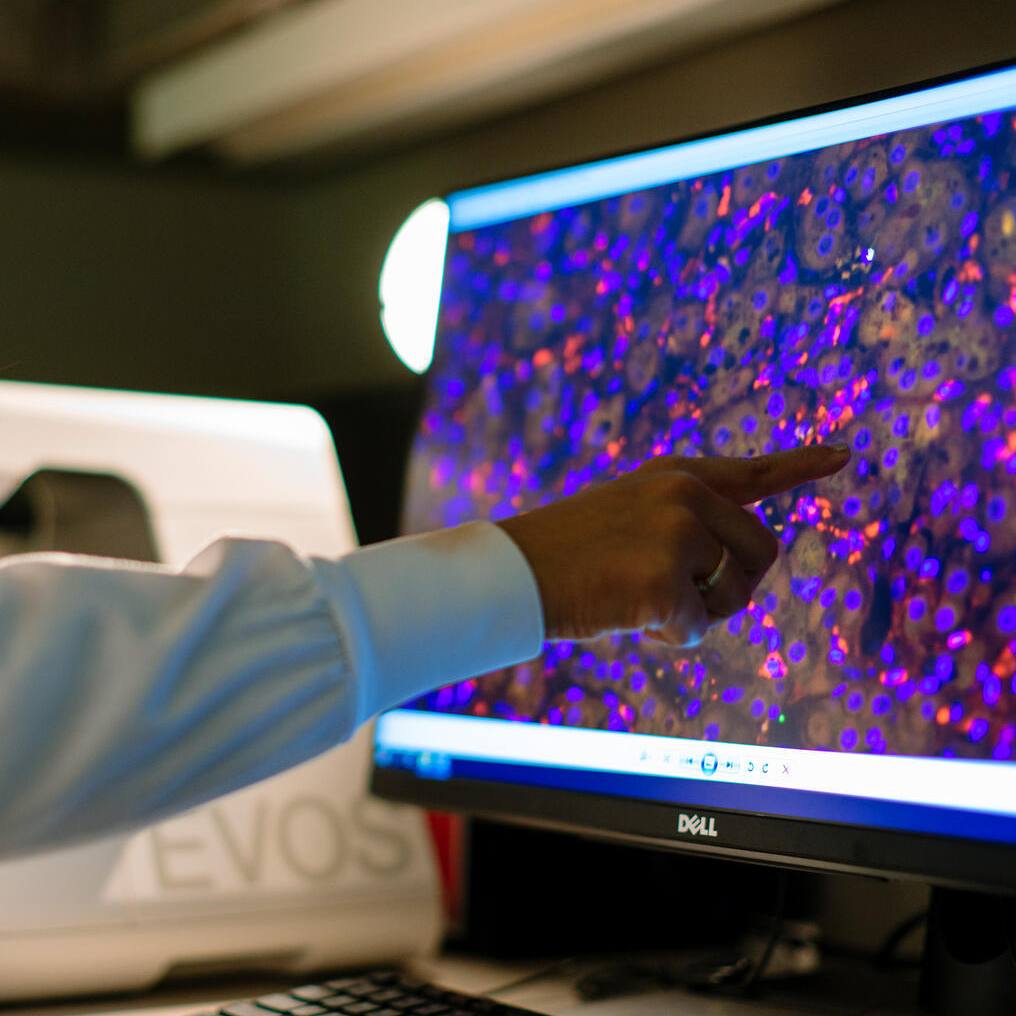-
Mayo Clinic Radio: Women’s heart health and cardio-rheumatology / Ischemia trial / health risks for breast cancer survivors
Heart disease is the No. 1 killer of women. While men and women are affected by heart disease, the warning signs and symptoms can be quite different. The most common heart attack symptom in women is the same as in men — some type of chest pain, pressure or discomfort that lasts more than a few minutes, or comes and goes. But chest pain is not always severe or even the most noticeable symptom, particularly in women. Women often describe it as pressure or tightness. And it's possible to have a heart attack without chest pain. February is recognized as American Heart Month to promote heart-healthy lifestyles, and the American Heart Association has designated Feb. 7 as National Wear Red Day. These events are intended to increase women’s awareness about their risk for heart disease and stroke.
On the next Mayo Clinic Radio program, Dr. Rekha Mankad, a Mayo Clinic cardiologist, will discuss women’s heart health. Dr. Mankad also will discuss the Mayo Clinic Cardio-Rheumatology Clinic, which brings together Mayo Clinic cardiologists and rheumatologists to address the connection between the heart and autoimmune diseases. Also on the program, Dr. Todd Miller, a Mayo Clinic cardiologist, will explain a recent study on whether medications and lifestyle changes are as effective as surgery in preventing heart attacks and death in patients with stable heart disease. And Dr. Bassam Sonbol, a Mayo Clinic hematologist and oncologist, will explain the common health risks for breast cancer survivors.
To hear the program, find an affiliate in your area.
Miss the show? Here's your Mayo Clinic Radio podcast.
Use the hashtag #MayoClinicRadio, and tweet your questions.
Mayo Clinic Radio is on iHeartRadio.
Access archived shows or subscribe to the podcast.
Mayo Clinic Radio produces a weekly one-hour radio program highlighting health and medical information from Mayo Clinic.
Check out our new podcast, Mayo Clinic Q&A.







